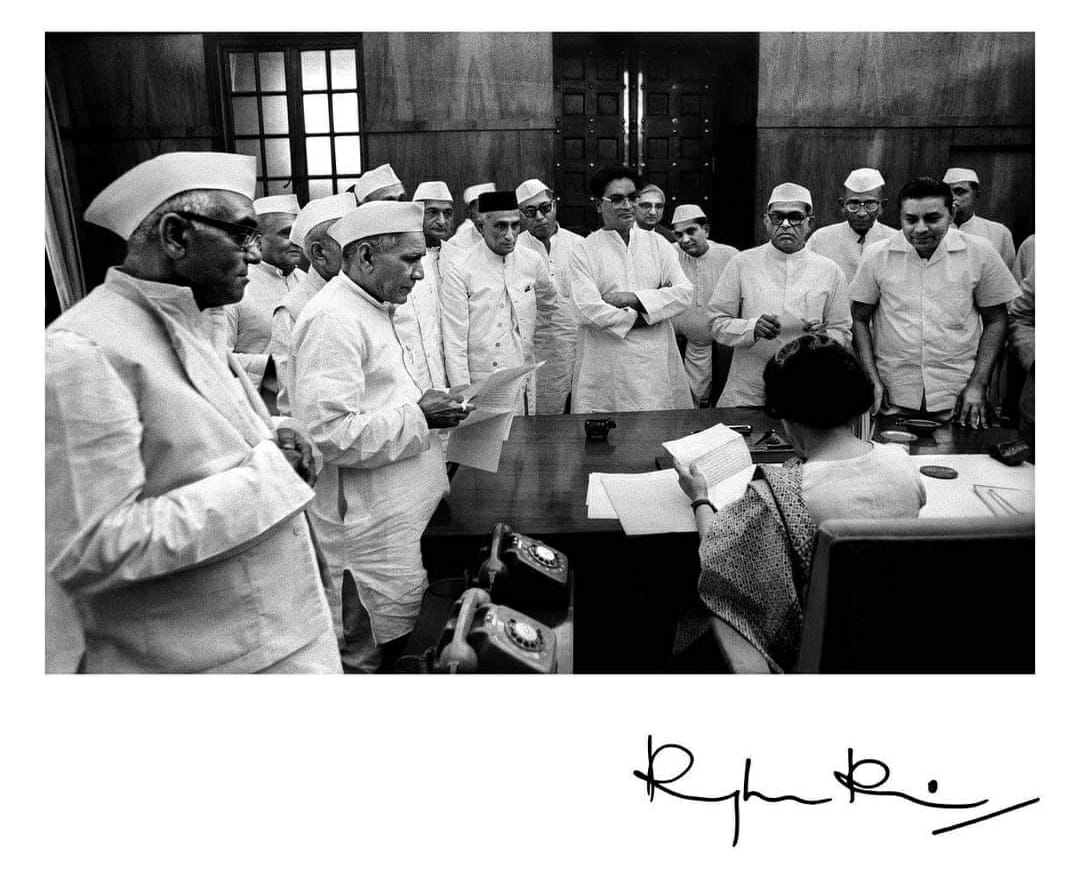
“There was nobody else in the Congress as strong-minded and as powerful ” – Raghu Rai
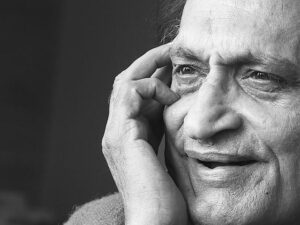
Magnum photographer Raghu Rai captured Mrs Gandhi upon her funeral pyre. It was the last of many portraits Rai had shot over the prime minister’s political career. “I was photographing Indira Gandhi almost every other day from 1967 onwards when she became the prime minister. Indira Gandhi was at the peak of her career and in a certain way her growth coincided with my own” the photographer describes in his book Picturing Time, “there was nobody else in the Congress as strong-minded and as powerful as her”.
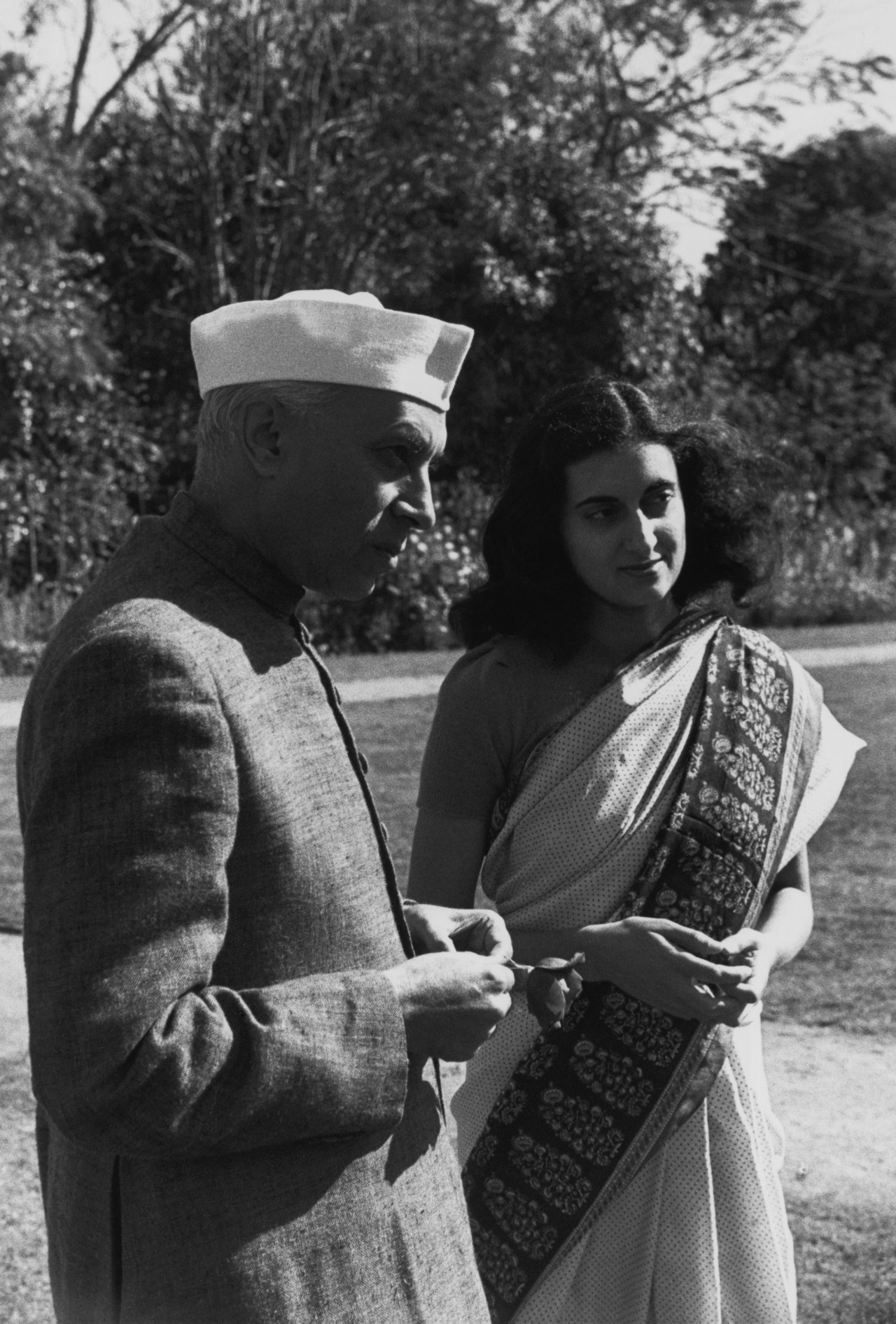
NEHRU, Prime minister, and Indira GANDHI.
Indira Gandhi was India’s first and, to date, last female prime minister. The only child of former Prime Minister Jawaharlal Nehru, Gandhi was destined for politics. When Magnum co-founder, Henri Cartier-Bresson first came across Gandhi in 1947, she was at the side of her father as his aide. It was the year India claimed independence and Nehru had been sworn into office – and Indira Gandhi was already drawing up political plans of her own.
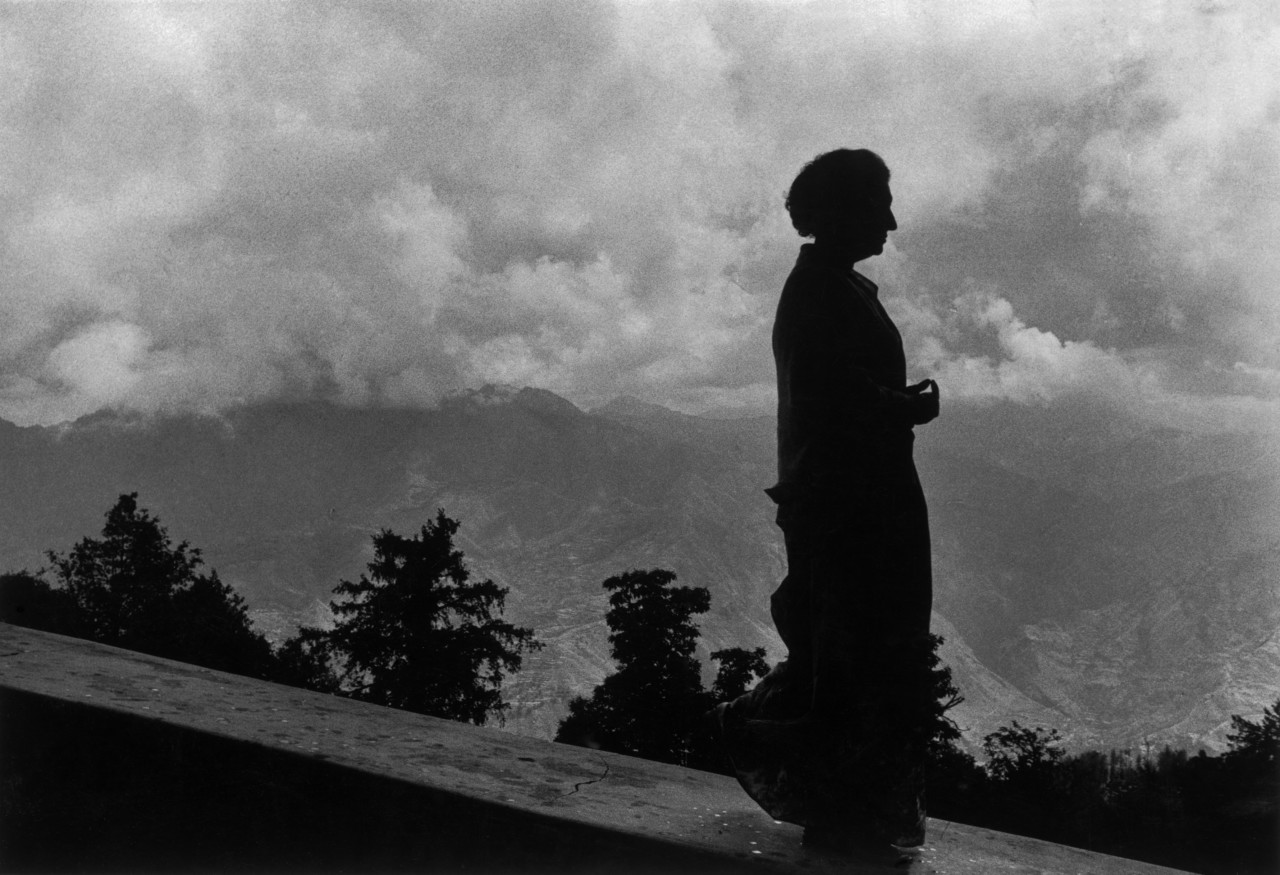
Over nearly four decades, Indira Gandhi’s political career was documented through the lenses of Magnum photographers, with her defeats and victories magnified in one long timeline. Yet, ultimately, the aim of both Raghu Rai and Marilyn Silverstone was to capture the woman behind the myth, to unmask her flaws as well as virtues.
As Rai wrote, I was photographing Indira Gandhi almost every other day from 1967 onwards, when she became the Prime Minister. When I started doing this, I realized that if someone in the future didn’t know who she was, and what a strong personality she was, what a tough leader she proved to be, perhaps they would realize that by looking at these photographs. I began to ask myself, does this picture stand the test of time by itself, for itself?”
“Mrs Gandhi loved the Himalayas. While she was in Shimla, I requested some time to photograph her. Her secretary, Mr Sharada Prasad, a wonderful man, arranged the session. I was taking pictures of her walking on the lawns, but after a while I stopped and she asked, ‘Kya hua?’ I said, ‘Tasveer achhi nahin ban rahi.’ She asked, ‘Kya karna hai?’ I asked her to climb on to the stone parapet that was blocking my view of the Himalayas. A chair was brought and she stepped on to it. What’s interesting about this picture is her hands, they’re in a certain mudra.”

Delhi. Delhi airport. Indira GANDHI escorted by Sikh security guards.
Rai wrote: “political analysts, politicians, and commentators have their own understanding of this complex and chaotic time, but being an instinctive person, I look at it from a more human angle. Mrs. Gandhi had grown up with a sense of security and had seen the power her father wielded, the respect he commanded, and she reflected this in her own way”.

Ê1980. Indira GANDHI and her son Sanjay.
His photographs quietly told of her recklessness as a political leader at a time when overt criticism could have landed Rai in danger, but also of her vulnerabilities as a mother. “It has been a decade since Pandit Nehru’s death in 1964, Mrs. Gandhi was now insecure and at a loss. When Sanjay rose to the occasion, she suddenly found a man in the family she could rely on.”
“Political analysts, politicians, and commentators have their own understanding of this complex and chaotic time, but being an instinctive person, I look at it from a more human angle. “
Over the next few years, the ‘The Emergency’ was lifted and India returned to democracy. However, the ruling Janata party had failed to act on the country’s widespread poverty crisis, and Gandhi saw her opportunity. Raghu Rai’s 1980 election portrait shows her hands clasped in prayer, thankful for her return to office. A wide smile replacing her austere expression of earlier years.
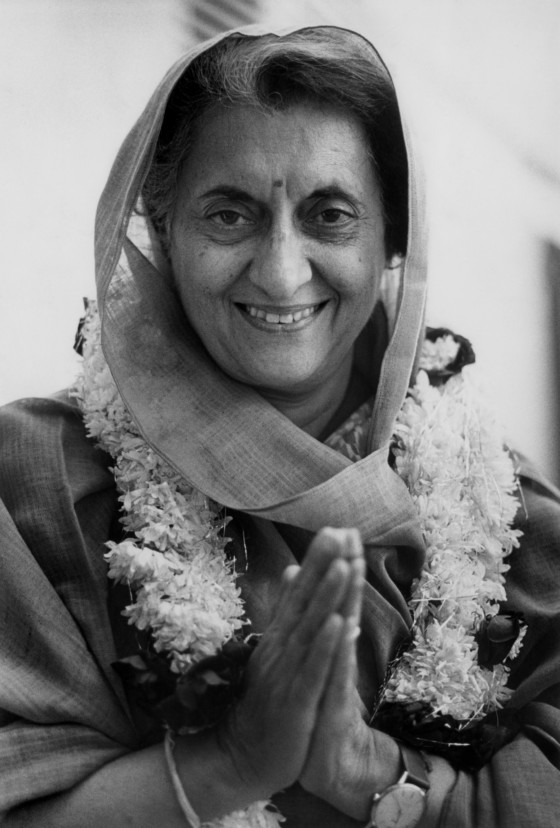
Over the next few years, the ‘The Emergency’ was lifted and India returned to democracy. However, the ruling Janata party had failed to act on the country’s widespread poverty crisis, and Gandhi saw her opportunity. Raghu Rai’s 1980 election portrait shows her hands clasped in prayer, thankful for her return to office. A wide smile replacing her austere expression of earlier years.

Speaking at a rally in October 1984, Indira Gandhi delivered her own epitaph in a speech: “I am alive today, I may not be there tomorrow…I shall continue to serve until my last breath and when I die, I can say, that every drop of my blood will invigorate India and strengthen it.” A few days later, India’s prime minister was shot dead, assassinated by her own bodyguards, during a morning walk through her gardens.
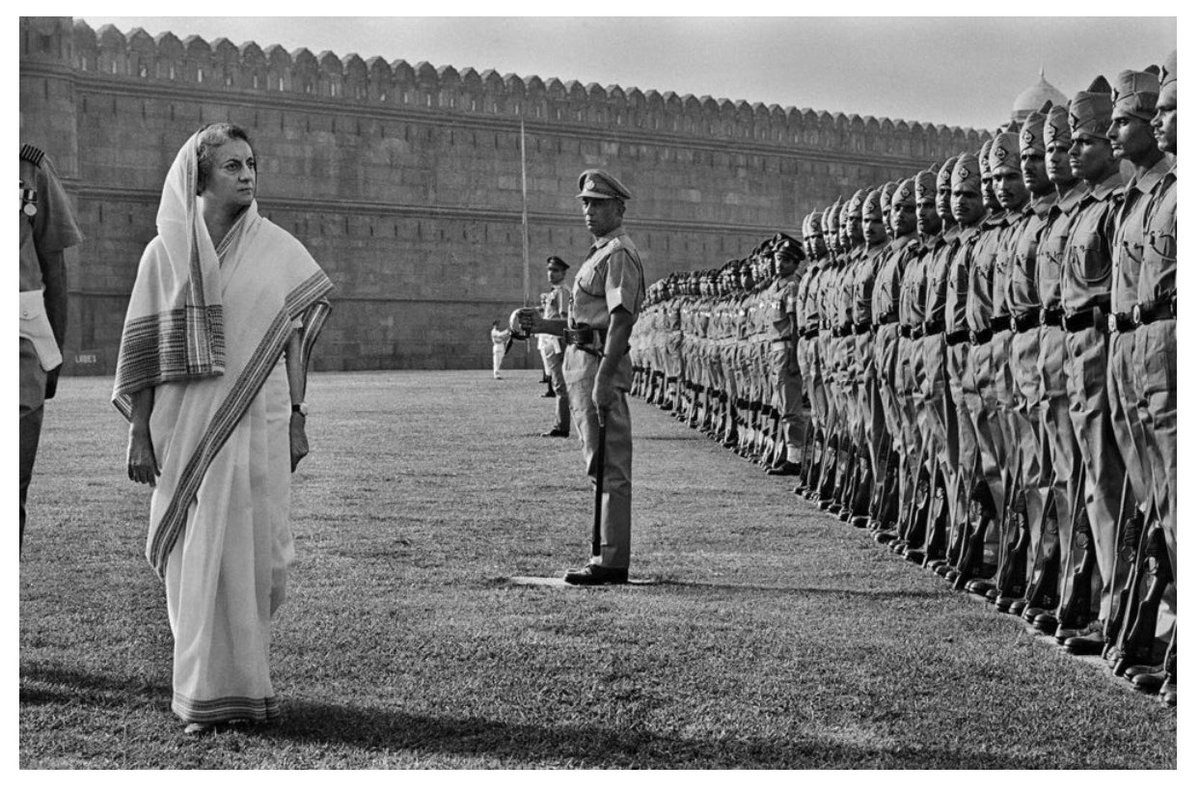
“To be liberated, a woman must feel free to be herself, not in rivalry to man but in the context of her own capacity and her personality”
– Indira Gandhi

